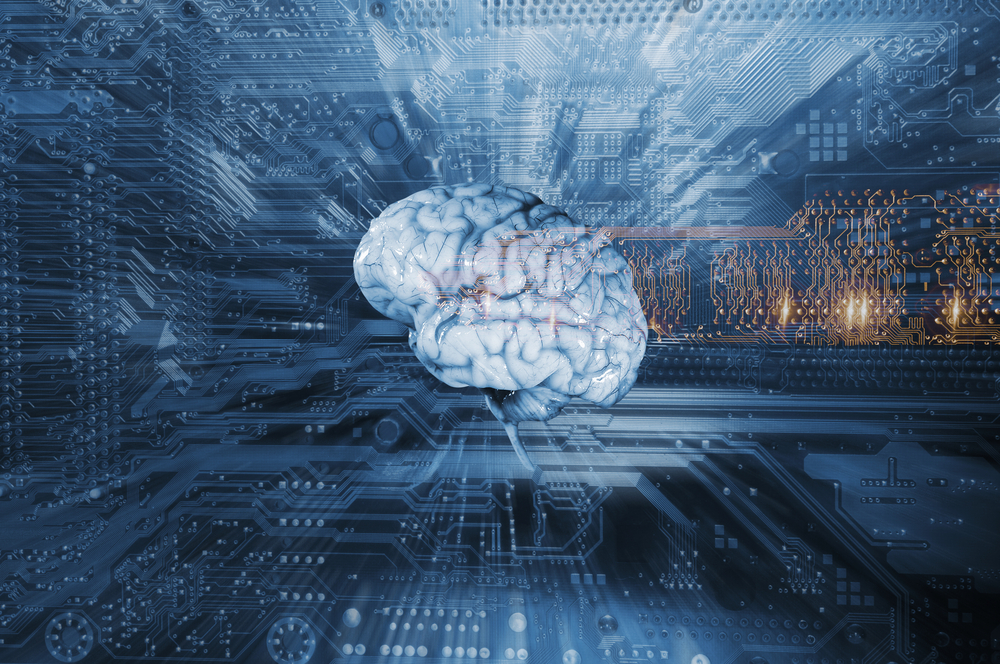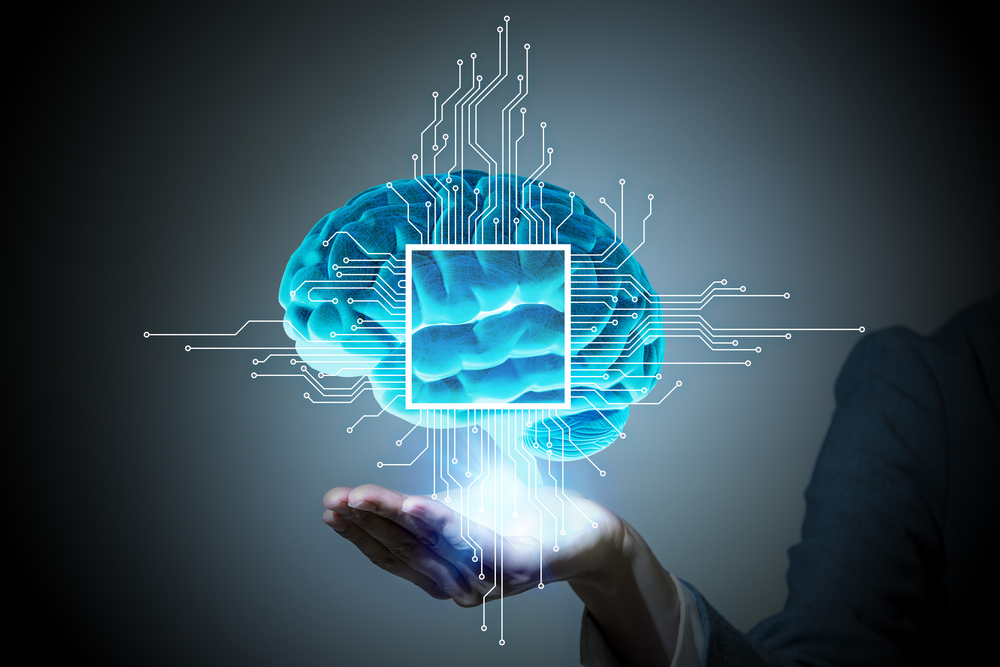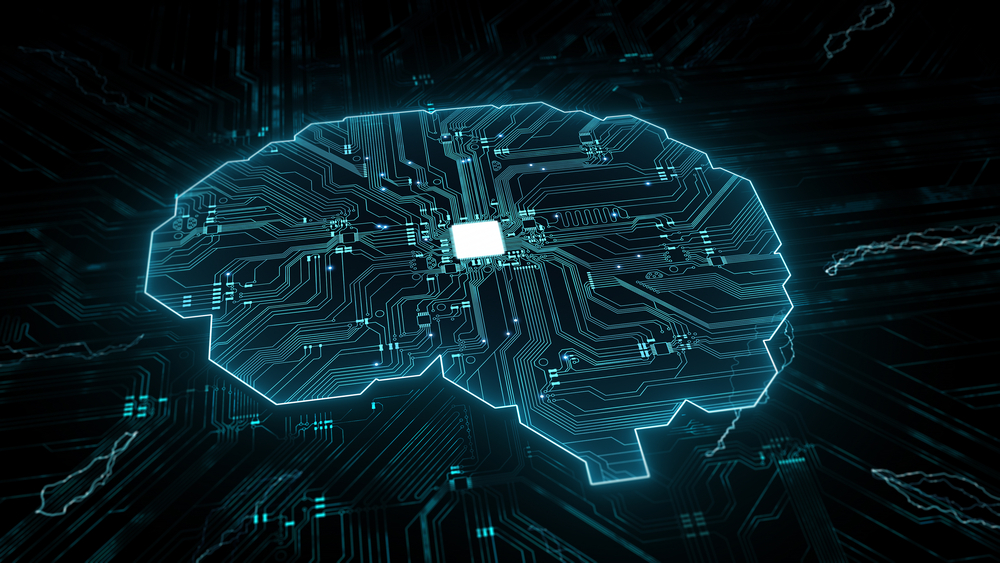The idea of artificial intelligence (AI) and human brains combining has always piqued our interest in science fiction. However, what was once relegated to the realm of fantasy is steadily becoming a reality, thanks to groundbreaking developments in neuroscience and technology. At the forefront of this revolution is Neuralink, a company founded by tech entrepreneur Elon Musk, aiming to bridge the gap between humans and machines through brain-computer interfaces (BCIs).
Understanding Brain-Computer Interfaces (BCIs)
- Brain-computer interfaces, or BCIs, are sophisticated systems that enable direct communication between the brain and external devices, such as computers or prosthetic limbs, bypassing traditional pathways like peripheral nerves or muscles. These interfaces typically consist of a combination of hardware and software components designed to interpret neural signals and translate them into actionable commands.

- The fundamental concept behind BCIs revolves around the brain’s ability to generate electrical signals, known as neural spikes or action potentials, which encode information related to thoughts, intentions, or movements. By harnessing these signals, BCIs can establish a direct line of communication between the brain and external devices, opening up a myriad of possibilities for enhancing human capabilities and treating neurological disorders.
The Emergence of Neuralink
- Neuralink, founded in 2016 by Elon Musk and a team of leading neuroscientists and engineers, has emerged as a trailblazer in the field of neural engineering. The company’s ambitious mission is to develop advanced BCIs capable of seamlessly integrating with the human brain, enabling bidirectional communication with computers and other digital interfaces.
- Central to Neuralink’s approach is the development of ultra-high bandwidth neural interfaces, formed of thousands of tiny electrodes, or “threads,” that can be implanted directly into the brain with unprecedented precision and minimal invasiveness. These threads, thinner than a human hair, are designed to meet with individual neurons, allowing for precise recording and stimulation of neural activity.
The Promise of Neuralink
- The potential applications of Neuralink’s technology are vast and varied, spanning healthcare, communication, entertainment, and beyond. One of the most promising areas of research lies in the realm of medical therapeutics, where BCIs hold the promise of revolutionizing the treatment of neurological disorders such as Parkinson’s disease, epilepsy, and spinal cord injuries.
- By setting up direct interfaces with the brain, Neuralink’s BCIs could offer new avenues for restoring lost sensory or motor functions in individuals with disabilities. For example, patients with paralysis could regain the ability to control robotic prosthetics or navigate computer interfaces using only their thoughts, vastly improving their quality of life and independence.
- Furthermore, Neuralink’s technology has the potential to enhance cognitive abilities and augment human intelligence by easing seamless interaction with AI systems. Imagine a future where individuals can effortlessly access vast repositories of knowledge, communicate telepathically with others, or even merge their consciousness with AI networks, transcending the limitations of biological cognition.
Challenges and Ethical Considerations
- Despite the immense promise of Neuralink’s technology, significant challenges and ethical considerations remain. Implanting devices directly into the brain carries inherent risks, including the potential for infection, tissue damage, or unintended consequences on neural function. Ensuring the safety and efficacy of these interventions will require rigorous testing and regulatory oversight to mitigate potential risks to patients.

- Moreover, the ethical implications of enhancing human capabilities through BCIs raise complex questions about autonomy, privacy, and equity. As we venture into uncharted territory, it becomes imperative to consider the societal implications of merging human brains with AI, including concerns related to consent, access, and potential disparities in access to these technologies.
Conclusion
Despite these challenges, the rapid pace of innovation in the field of neural engineering suggests that we are on the cusp of a transformative era in human-machine interaction. As Neuralink and other companies continue to push the boundaries of what is possible, the prospect of merging human brains with AI edges closer to reality.
In the years to come, we can expect to see increasingly sophisticated BCIs that blur the lines between biology and technology, opening up new frontiers in human cognition, communication, and healthcare. Whether we are ready to embrace this brave new world remains to be seen, but one thing is certain: the age of neural interfaces is upon us, and the possibilities are limited only by our imagination.


